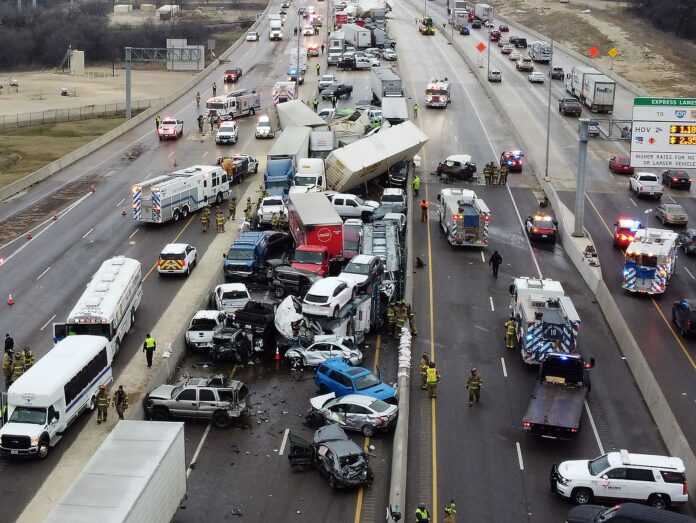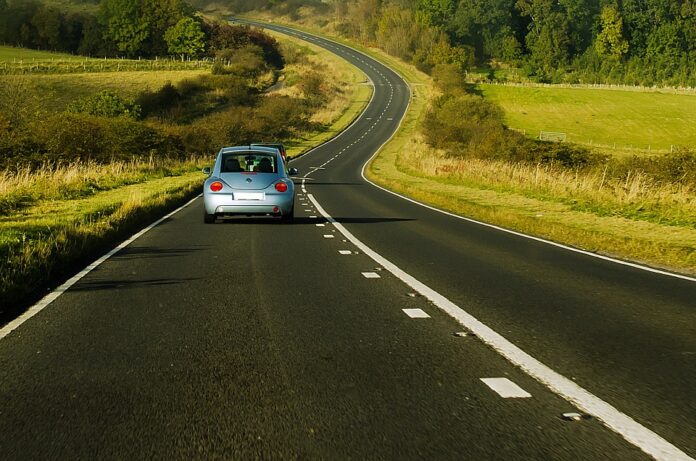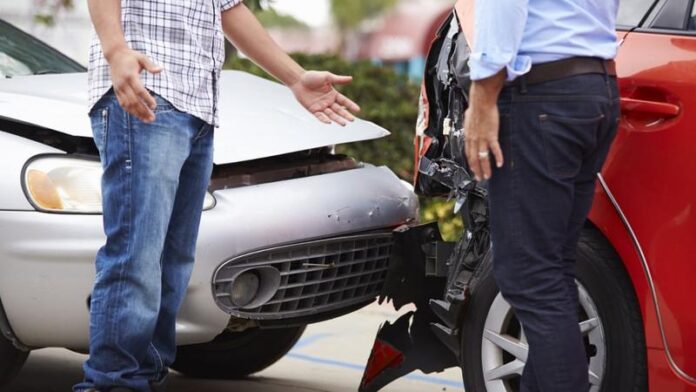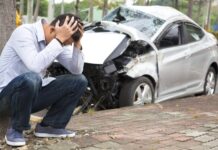Drivers in America face risks every time they’re on the roadways. Some situations can be more dangerous than others when it comes to the potential to be in an accident.
A question a lot of drivers have is whether they’re more likely to get into an accident on a highway or some other type of roadway. For more useful information check hasnerlaw.com.
Below, we break down the riskiest driving scenarios, particularly as they have to do with the type of road you’re on.
Highway vs. Interstate

First, the terms highway and interstate are often used interchangeably, but there are some differences.
- Highways can be described as any private or public road connecting a major route.
- An interstate is characterized as a type of highway which connects states.
- A highway has controlled access and is designed for high levels of auto traffic. It often serves major cities and towns within metropolitan areas. Any road facilitating fast-moving traffic that may be a restricted access route of travel can be a highway.
- The Federal Highways Administration doesn’t use highways as a functional roadway classification.
- It can often include freeways, expressways, and interstates. Therefore, every interstate or freeway is a highway, but not every highway is an interstate or freeway.
- Interstates go across state boundaries, connecting cities. They are part of the highway system around the nation.
- There are around 42,000 miles of interstate highways that connect cities around America.
- The term road is often reserved for streets within towns or cities designed for lower-speed driving than a highway.
Which Types of Roads Are Safer?

There’s a misconception that driving on highways is less safe than on other roadways. This myth probably comes from the fact that you can drive faster on highways and they have multiple lanes.
According to research from the U.S. Department of Transportation, there are consistently higher rates of accidents on roads than on highways.
Some reasons highways are safer than roads include:
- The presence of intersections on roads but not highways is one of the biggest reasons roads tend to be statistically more dangerous for drivers. Intersections are a major cause of traffic accidents.
- On roadways, drivers are going at varying speeds in different directions. This can happen on a highway too, but there’s often more consistency in the speed cars are going, and the cars that are going in different directions from one another are divided by a wide barrier.
- When you’re on the roads, you’re interacting with other drivers a lot more than you are on a highway, and making more decisions.
- Roadways tend to have more inherent distractions. For example, drivers might be looking for a parking spot or the address of their destination.
- If you’re on the road versus a highway, you could be more likely to break traffic laws.
- Speeding on a narrow or crowded road with a lower speed limit is more dangerous than speeding on a highway.
- Compared to highways, the cars are closer to each other on roadways.
- There are more items to collide with on the road, including people, signs, and parked cars.
- You’re not likely to encounter a sudden hazard like an animal, bike, child, or jogger on a highway, but it’s somewhat likely on roads.
- If you’re on a road where everyone is driving slower, you can be lulled into a false sense of comfort and be a more careless driver.
Most cars traveling in the same direction are going at pretty similar, consistent speeds on highways. Drivers stay on steady paths on highways and don’t have to make a lot of decisions. It’s easier to anticipate what other drivers are going to do. The lanes are wider and better marked, there aren’t cars pulling into traffic or unexpected turns, and there are no crosswalks or sidewalks.
With this all being said, while the overall risk of being in an accident on a highway is lower than on a roadway, highway accidents are often more severe.
Cars are traveling at higher speeds, and there are more big trucks on highways, so a crash can be fatal.
For motorcyclists, it also safer. According to the National Highway Traffic Safety Administration (NHTSA), more than 90% of accidents occurring between passenger vehicles and motorcycles are on roads that aren’t highways.
For motorcyclists, it tends to be smoother surfaces, there’s less of a risk of standing water and fewer curves or turns to deal with.
What About Urban vs. Rural Roads?

We often think about heavy traffic and driving challenges when we think about urban areas. Driving on a country road can alternatively seem like a better option until you realize how dangerous rural roads can be.
In 2019, more than 16,000 people died in car accidents on rural roads.
Some government officials say steps need to be taken to make these roads safer.
Things that could make rural roads safer for divers include rumble strips, median barriers, wider shoulders, better lighting, and pavement markings.
Crashes in urban areas tend to get more attention overall, and they more often involve cyclists and pedestrians, but almost half of the traffic deaths in the U.S. every year occur on rural roads. This is in spite of the fact that only around 1/5 of the country’s population lives in rural areas.
In 2019, the death rate on rural roads was almost twice as high as on urban roads.
There is a combination of factors that likely contribute. These include a lot of curves, higher speeds, narrow shoulders, and limited lighting.
Emergency responders may also not be readily available because they’re far away. It can take them longer to arrive at the scene of an accident and transport victims to a hospital. In 2018, 58% of drivers in rural areas died when they were on their way to the hospital, compared to 41% in urban areas.
For drivers, it’s important to recognize the risks not only when you’re moving at a high speed on the highway but also when you’re on other roadways. You have to be alert and mindful no matter where you’re driving, reducing your risk of being in an accident.









